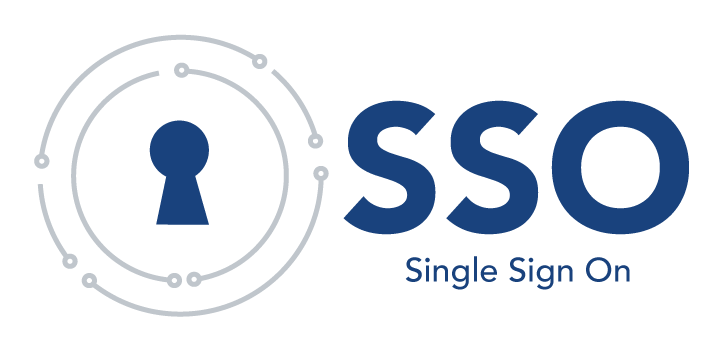💡
TL;DR
Single Sign-On (SSO) is a fancy way of saying you only need to log in once to access multiple online services or applications. Imagine having to remember a different username and password for every website you visit – it would be a nightmare, right? That's where SSO comes to the rescue.
Single Sign-On (SSO) is a fancy way of saying you only need to log in once to access multiple online services or applications. Imagine having to remember a different username and password for every website you visit – it would be a nightmare, right? That's where SSO comes to the rescue.
What is single sign-on (SSO)?
Single sign-on (SSO) is an authentication process that allows a user to access multiple applications or systems with a single set of login credentials.
Here’s a more detailed explanation:
Key Features of Single Sign-On (SSO)
- Unified Authentication:
- Users log in once with one set of credentials (username and password) and gain access to multiple applications and systems without being prompted to log in again for each one.
- User Convenience:
- Reduces the need to remember multiple usernames and passwords, thereby improving the user experience and productivity.
- Security:
- Enhances security by reducing the likelihood of password fatigue, where users might resort to weak or repeated passwords.
- Facilitates the implementation of stronger security measures, such as multi-factor authentication (MFA) and password policies, across all integrated applications.
- Centralized Management:
- Simplifies the administration of user accounts and credentials. Administrators can manage user access from a central point, making it easier to enforce security policies and manage permissions.
How SSO Works
- User Authentication:
- The user attempts to access an application or service.
- If the user is not already authenticated, they are redirected to the SSO authentication server.
- Credential Verification:
- The SSO server verifies the user's credentials (e.g., username and password, tokens, biometrics).
- Once authenticated, the SSO server issues an authentication token or ticket.
- Token Usage:
- The user is redirected back to the original application, carrying the authentication token.
- The application verifies the token with the SSO server and grants access if the token is valid.
- Access to Multiple Applications:
- The token can be used to access other integrated applications without requiring the user to log in again.
- Each application verifies the token with the SSO server to ensure it is valid before granting access.
Common SSO Protocols and Technologies
- OAuth: An open standard for access delegation, commonly used as a way to grant websites or applications limited access to a user’s information without exposing passwords.
- OpenID Connect: A simple identity layer on top of OAuth 2.0, allowing clients to verify the identity of the end-user.
- SAML (Security Assertion Markup Language): An XML-based framework for communicating user authentication, entitlement, and attribute information.
Examples of SSO Implementations
- Google Account: Allows access to various Google services (Gmail, Google Drive, YouTube, etc.) with a single login.
- Microsoft Account: Provides access to Microsoft services (Outlook, Office 365, OneDrive, etc.) with one set of credentials.
- Enterprise SSO Solutions: Services like Okta, OneLogin, and Microsoft Azure Active Directory enable SSO across various enterprise applications.
This flow simplifies the user experience and enhances security by centralizing the authentication process.
By streamlining the authentication process, SSO not only improves the user experience but also enhances security and simplifies the management of user credentials across multiple systems.


